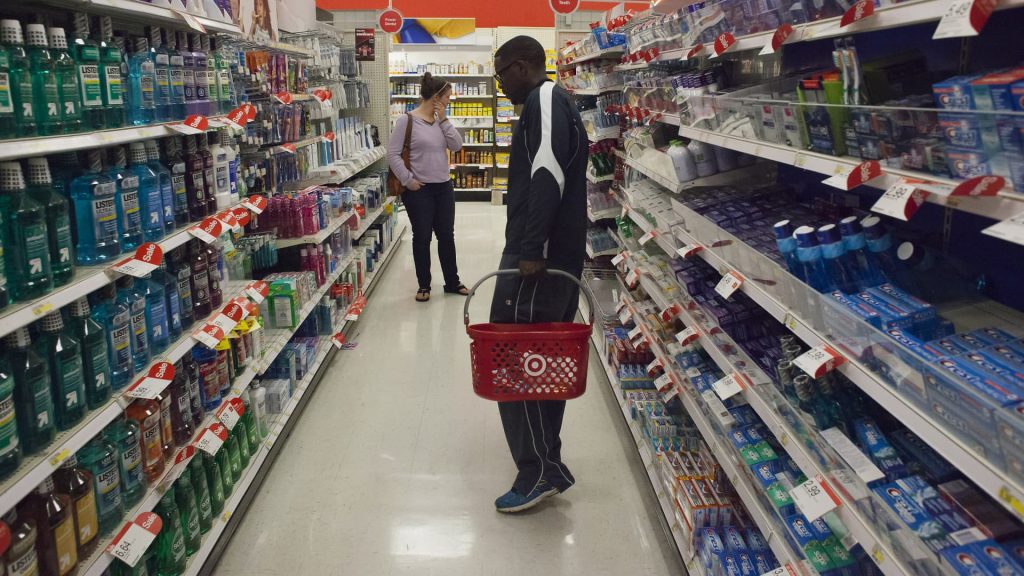Americans are falling deeper into debt, but not across the board.
Collectively, credit card balances rose by $24 billion in the third quarter to $1.23 trillion — up 5.75% from a year earlier to a fresh all-time high, according to a new report on household debt by the Federal Reserve Bank of New York released Wednesday.
The average credit card balance per consumer now stands at $6,523, up 2.2% year over year, a separate quarterly credit industry insights report from TransUnion also found.
However, despite the overall uptick, there is a growing divide among consumers, TransUnion found. “Some demonstrate heightened financial resilience while others face mounting challenges,” the report said.
Roughly 175 million consumers have credit cards. While some pay off the balance each month, about 60% of credit card users have revolving debt, according to the New York Fed. That means they pay the equivalent of about 20% a year, on average, on the balances they carry from month to month — making their credit cards one of the most expensive ways to borrow money.
‘A divergence in consumer credit risk’
More borrowers are now either superprime, with a credit score of 780 or higher, or subprime, with a credit score below 600, according to Charlie Wise, TransUnion’s senior vice president of global research and consulting.
That’s creating an increasingly bifurcated consumer economy. “We are seeing a divergence in consumer credit risk, with more individuals moving toward either end of the credit risk spectrum,” Jason Laky, executive vice president and head of financial services at TransUnion, said in a statement.
Increasingly, consumers now score in the highest and lowest score ranges, an earlier report by FICO also found. FICO is the developer of one of the scores most widely used by lenders. FICO scores range between 300 and 850.

In the so-called “K”-shaped economy, some borrowers are in financial distress while others have strengthened their financial position, largely by benefiting from stock market rallies and appreciating home values.
Wealth has risen fastest for those at the very top, other data from the Federal Reserve also shows, as the value of their investment holdings continues to grow. The top 10% of Americans hold over 87% of corporate equities and mutual fund shares.
On the other side of the divide, separate studies show large pockets of heightened financial strain.
Inflation, debt and the shutdown: A ‘volatile combination’
Beyond rising debt balances, 38% of consumers said it’s “difficult” or “very difficult” to pay bills on time. Among those falling behind, 67% cite insufficient income, according to a survey by debt management company Achieve released Friday.
The federal government shutdown, which has now stretched past a month, has only added to the pressure on low-income families by affecting critical government programs, including SNAP food benefits.
“The volatile combination of consumer debt, inflation hangover on prices, elevated interest rates and the shutdown could leave a lasting economic impact, particularly for those more at-risk American households struggling to make ends meet,” said Brad Stroh, Achieve’s co-founder and co-CEO.
“Even though they have a job in most cases, their purchasing power is no longer rising,” Mark Zandi, chief economist at Moody’s, said of Americans who are struggling.
Because wage gains have largely not kept pace with stubborn inflation, “many are borrowing money to supplement their income and now they are paying interest on that debt,” Zandi said.
“They owe a lot of money, but they own very little,” he said.

